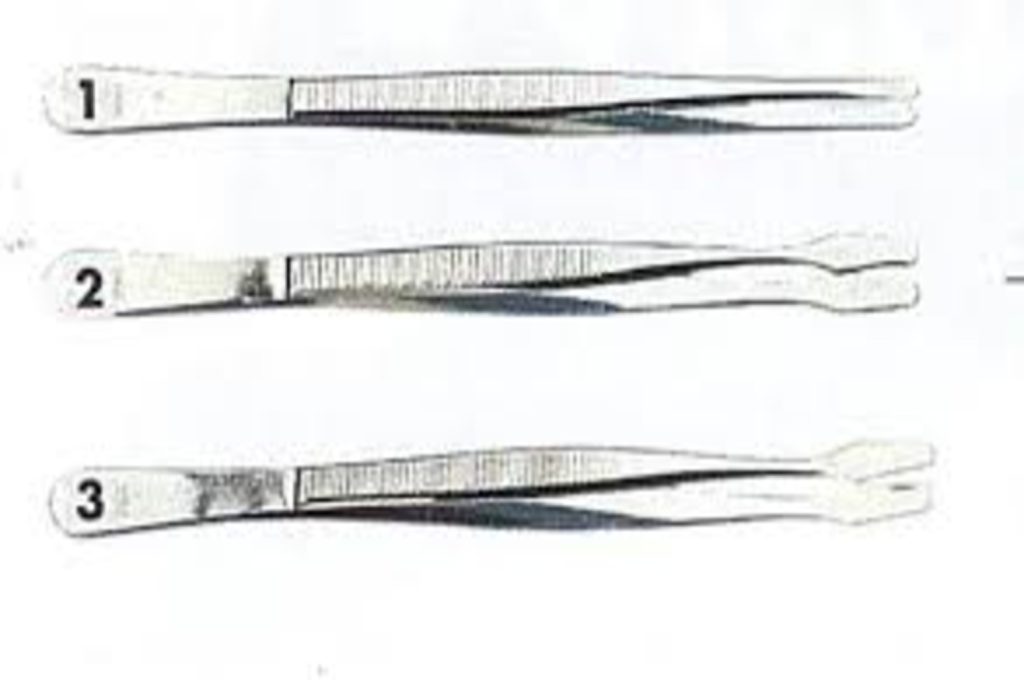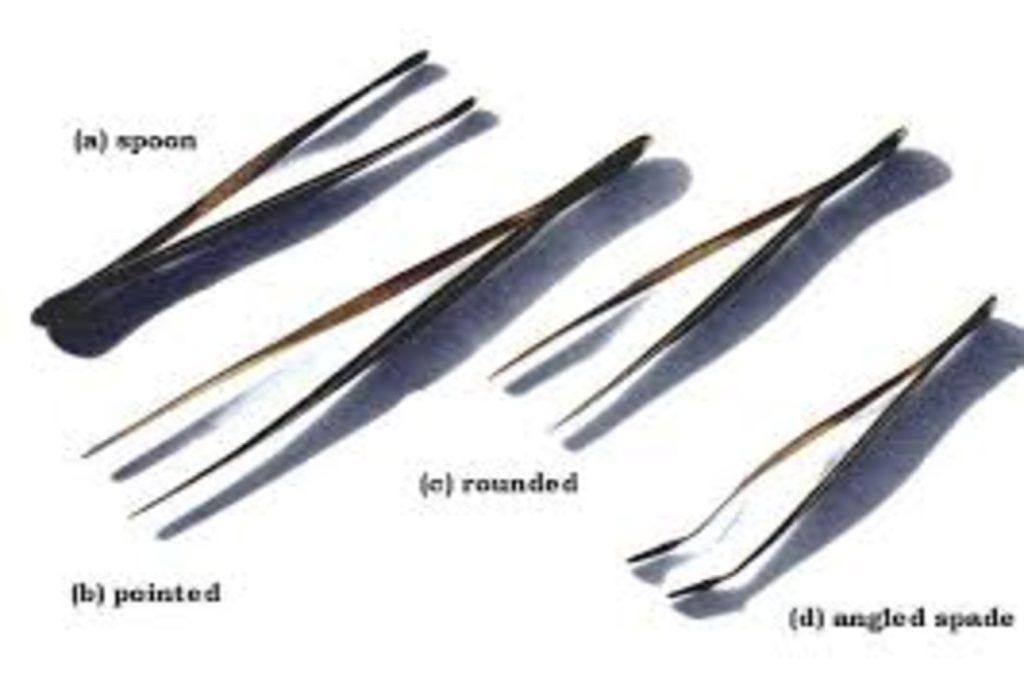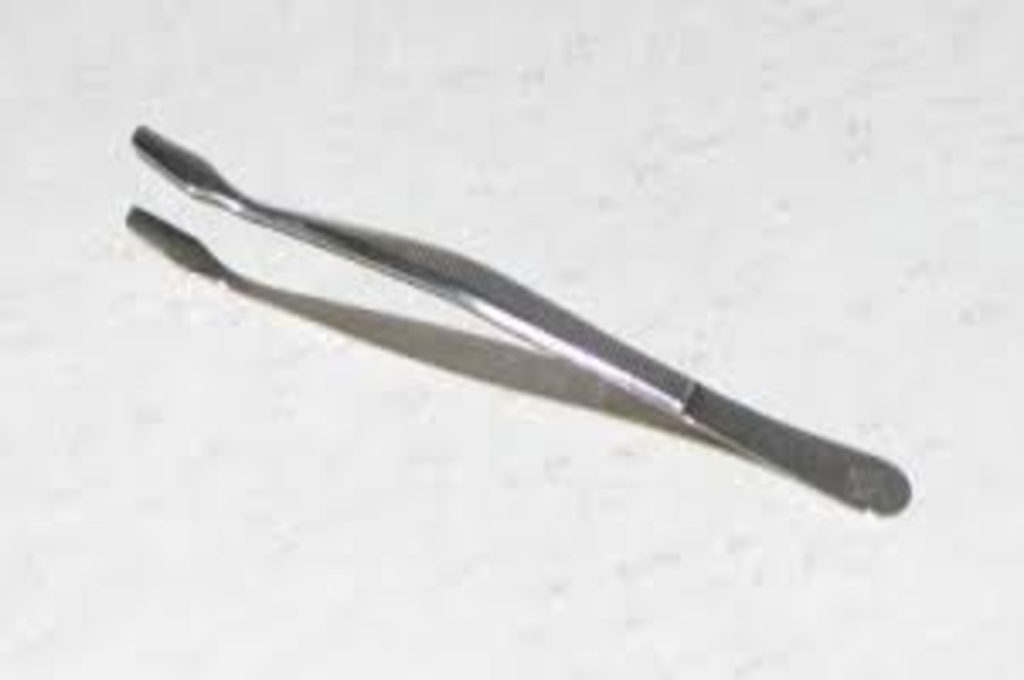Introduction: Stamp collecting is a passion that transcends generations, connecting enthusiasts with the rich tapestry of history, culture, and art encapsulated within each tiny treasure. However, the journey of preserving and enjoying these delicate artifacts begins with one fundamental principle: handling with care. In this blog post, we’ll explore why it’s crucial to treat your stamp collection with the utmost caution and respect, and provide practical tips for ensuring their longevity and preservation.
Understanding the Fragility of Stamps
Before diving into handling techniques, it’s essential to grasp the delicate nature of stamps. These miniature works of art are crafted from delicate paper and adorned with intricate designs, colors, and details. Even the slightest mishandling can result in creases, tears, or damage to the stamps’ surfaces, diminishing their value and aesthetic appeal.
Tips for Properly Handling Stamps
- Wash Your Hands: Before handling stamps, it’s essential to wash your hands thoroughly with mild soap and water. Oils, dirt, and moisture from your skin can transfer to the stamps, causing staining or deterioration over time.
- Use Stamp Tongs: Invest in a pair of stamp tongs, specialized tweezers designed for handling stamps. Tongs provide a gentle and precise way to pick up and move stamps without damaging their delicate surfaces. Avoid using your fingers, as even clean hands can leave behind residues or cause accidental tears.
- Handle with Care: When picking up stamps with tongs, use a light and steady touch. Avoid applying excessive pressure or gripping the stamps too tightly, as this can result in creases or bends. If a stamp is stuck to a page or envelope, use a small puff of air to gently loosen it before attempting to remove it.
- Avoid Moisture: Stamps are highly susceptible to moisture, which can cause them to stick together or become discolored. Store your stamp collection in a dry and climate-controlled environment to prevent exposure to humidity. Avoid handling stamps with wet or sweaty hands, and refrain from licking stamps for adhesive activation.
- Protective Enclosures: Consider storing your stamps in protective enclosures such as stamp mounts, glassine envelopes, or acid-free sleeves. These barriers shield stamps from external elements and provide an extra layer of defense against damage. When handling stamps stored in enclosures, take care to avoid unnecessary friction or rubbing.
- Minimize Exposure to Light: Prolonged exposure to ultraviolet (UV) light can cause stamps to fade or discolor over time. Store your stamp collection in a dark or dimly lit area away from direct sunlight or harsh artificial lighting. If displaying stamps in albums or frames, opt for UV-filtering glass to reduce the risk of damage.
Conclusion
In the world of stamp collecting, preserving the integrity and beauty of your collection begins with mindful handling practices. By treating your stamps with care, you not only protect their physical condition but also ensure that their historical and artistic value endures for generations to come. Remember, every stamp tells a story—handle with care, and let those stories unfold for years to come.



